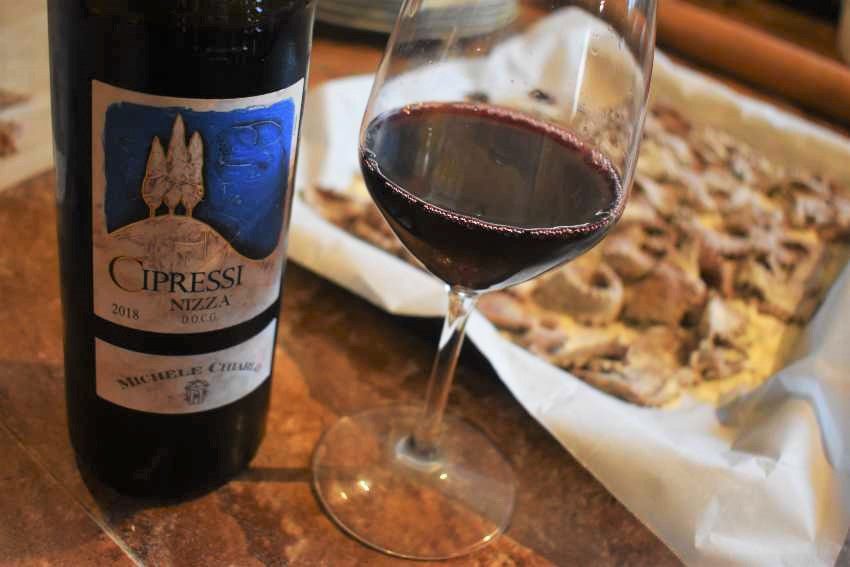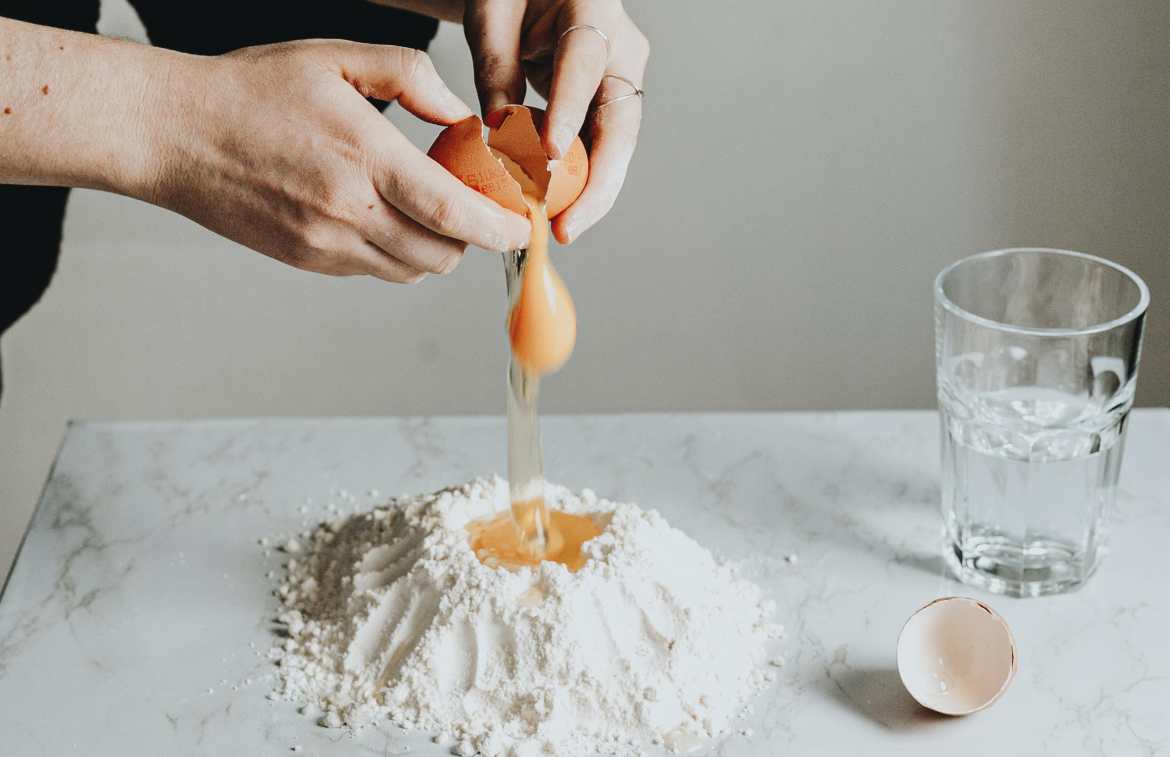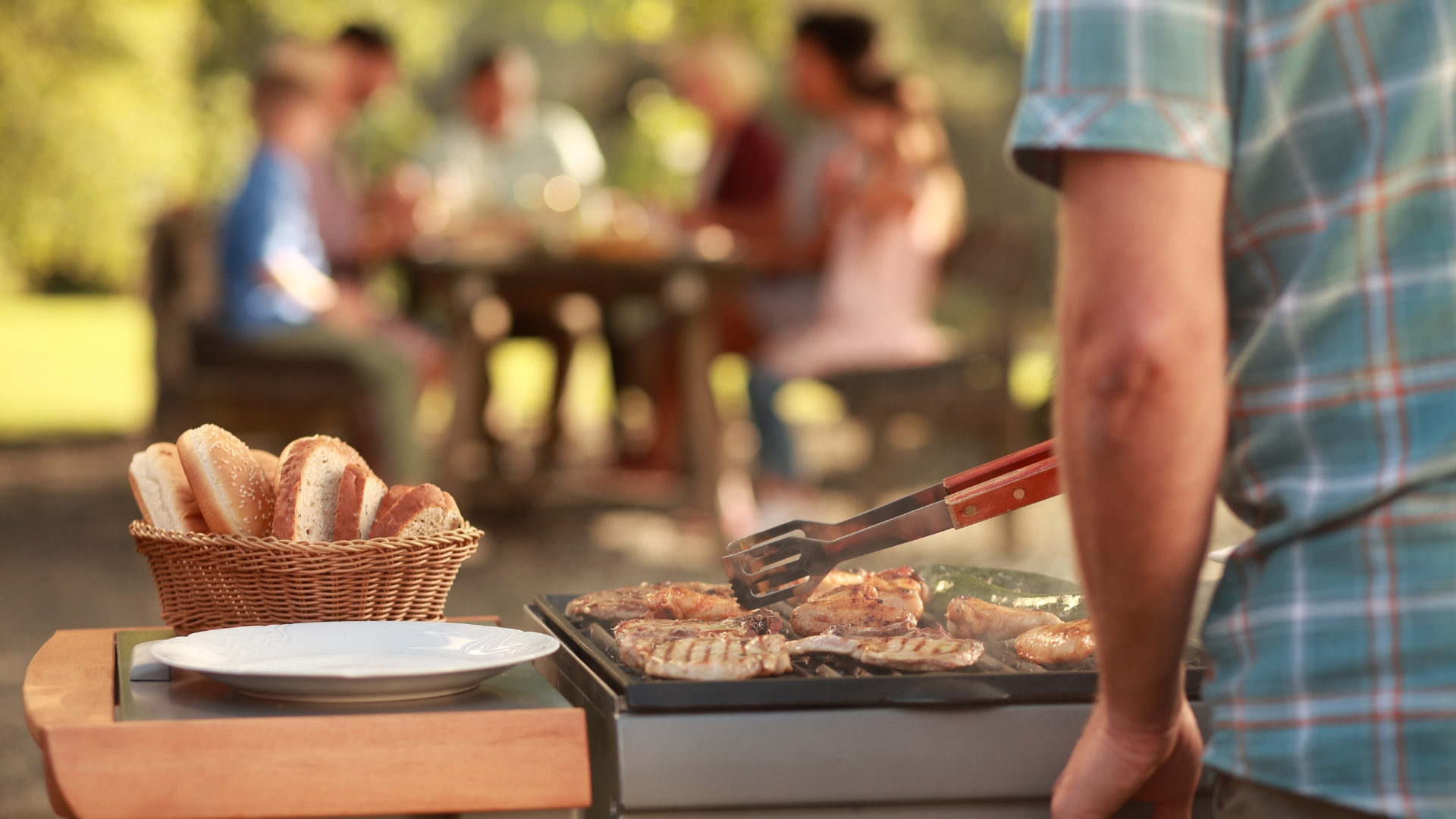When the opportunity came my way to have an “authentic taste of Italy” with a brass pasta tool from q.b. cucina, recipe, and wine, I was all in. If you follow my blog or social media, you probably know how much I love words and language. So, I was especially tickled to learn the meaning behind the brand’s name. According to their website, q.b. is an acronym often used in Italian recipes. The two letters stand for quanto basta, which essentially means “as much as enough (or needed).” It gives the cook the latitude to decide however much is needed based on personal taste. Though I haven’t seen that myself—I’ll be on the hunt for my Italian cookbooks now—it’s certainly how I usually cook: by sight, by smell, by feel…as much as enough.
Read on to discover the pasta tool, wine pairing, and recipe that made for an authentic taste of Italy.
The Pasta Tool
I perused their pasta tools for a good long while before landing on the Brass Fluted Double Pasta & Pastry Wheel. I make all sorts of homemade pasta but I hadn’t found a tool to help me make beautiful, consistent ruffled edges. I have had both stainless steel and aluminum cutters before. Here’s what I love about q.b. cucina’s brass version.

- It’s hefty. If you ask anyone who knows me, I love weighty pots and pans for a lot of reasons. But mainly, because I am not delicate; I am really hard on my kitchen tools. So, this pasta wheel was a delight to hold. The natural weight of the cutter means that I get a well-defined and evenly-cut pasta without exerting too much effort.
- It’s hardy. Back to the “I’m not delicate”…I need tools that last. I thought back to all the brass artifacts I saw in museums all over Europe. Brass was used from the Romans to the Vikings. Made of a combination of copper and zinc, brass is strong and durable. Both are pluses for a kitchen tool that will be used, not just displayed.
- Speaking of displaying tools: It’s lovely. This pasta wheel is both functional and beautiful.
The Wine

To pair with the recipe I chose (see below), I selected the 2018 Cipressi Barbera Nizza DOCG from Michele Chiarlo. I have always loved Barbera because they are usually low in tannins and high in acidity; it makes them very food friendly. Barbera is a red Italian grape variety that is the third most planted grape in the country. And I’ve read that it’s probably a millennium older than Cabernet Sauvignon. Even still, until very recently, Barbera was virtually unknown in the American markets.
In Italy, Barbera is cultivated in the Piedmont area—the same region renowned for the Nebbiolo grape variety and the Barolo and Barbaresco wines that come from the Nebbiolo grape. But the wines from the Barbera grape are much more affordable, which means that Barbera can easily be an everyday sipper. And though usually very intensely colored, Barbera is surprisingly light in taste.
The Cipressi wine gets its name from the cypress trees on the hillsides of the winery’s estate in Piedmont. The grapes for this wine are from vines in the Castelnuovo Calcea vineyard that averages two decades old. Hand-harvested, this single varietal is macerated with skins on for ten days before being fermented in steel tanks. Then the wine is aged for a year in oak casks before being bottled.
The Cipressi Nizza pours a clear, vibrant garnet. On the nose, there are bright, vivid aromas of black fruit and violets with a hint of spice. On the palate the wine is supple with a savory, round flavor.
The Italian Pasta Recipe
After looking at the suggested pasta recipes on the q.b. cucina site, I decided to make my version of their Olive Malfadine. Because I opted to use a Kalamata spread, I skipped having to blitz whole olives into a paste.

Olive Malfadine
Ingredients
- 100 grams olive puree
- 360 grams 00 flour
- 90 grams fresh eggs (about 2 whole eggs)
- Also needed: rolling pin or pasta roller; pasta wheel; baking sheet; and semolina for dusting
Procedure
- Place the flour in a heap on a clean work surface. Make a well in the center—like a volcano—and add in the puree and eggs. Use a fork to incorporate the olives and eggs into the flour to form a shaggy dough. Knead by hand for 10 to 15 minutes or until a smooth dough forms. If the dough is too dry, add a spritz or two of water. If the dough is too wet, add a sprinkle of flour.
- Wrap the dough in plastic and let rest on the countertop for between 30 minutes to 2 hours.
- You can use a pasta machine. I just used a rolling pin and rolled out as thin as I could.
- Use the fluted pasta wheel to cut the rolled dough into long ribbon, approximately ¾-inch to 1″ wide.
- Sprinkle semolina flour on a baking sheet lined with parchment paper.
- Toss the malfadine ribbons to coat and continue until all of the dough has been used.
- Cook the malfadine in a pot of boiling salted water for approximately 3 to 5 minutes. Test for doneness. Then serve with your sauce of choice. I used an easy oven-roasted tomato sauce.
I am looking forward to many more pasta creations with my q.b. cucina pasta wheel. Stay tuned!




